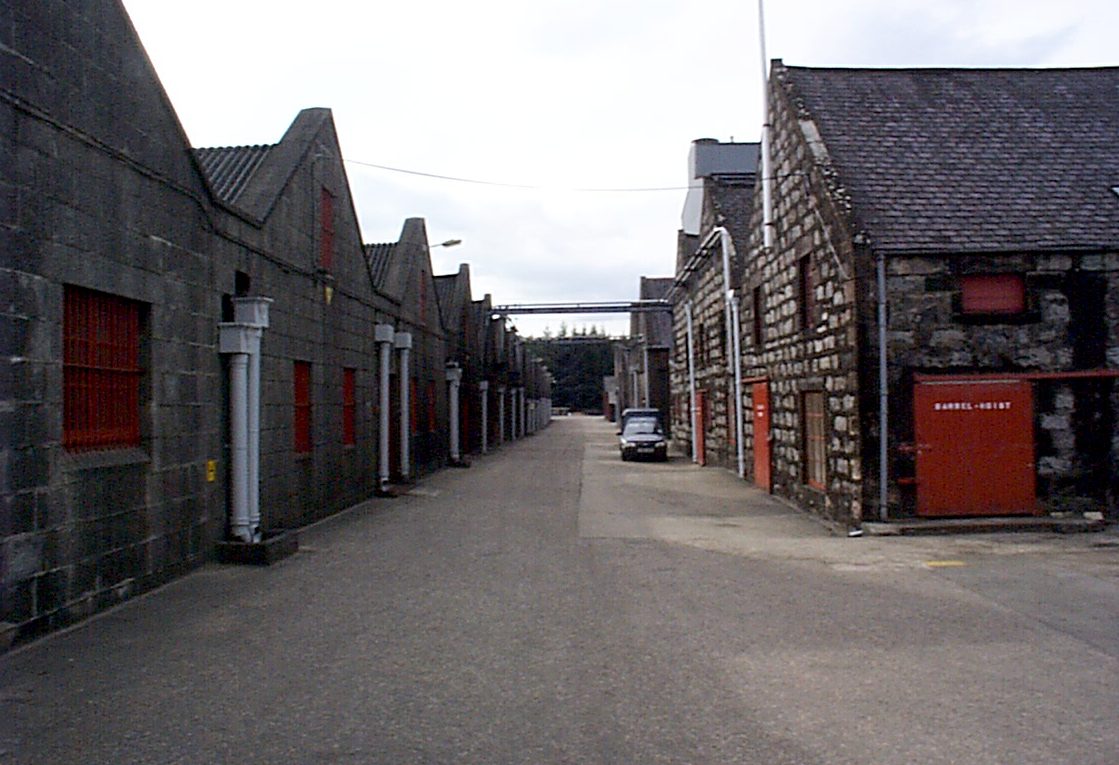History of Ardmore Distillery
Ardmore single malt is something of rarity in the scotch world, being a peated Highland whisky. The distillery was founded in 1898 by the Teacher family to create whisky for their famous blended Scotch. But since the turn of the millennium it has released a number of single malts as well.
Adam Teacher built Ardmore at a meeting point of industrial infrastructure and rugged highland hills outside the village of Kennethmont in Aberdeenshire. The distillery made use of the Northern Railway Line to transport goods from Glasgow to its remote location. There it could make use of the natural springs rising from Knockandy Hill for a water supply. Peat is also sourced locally in the region from St. Fergus.
In 1955 Ardmore underwent its first expansion in production, increasing the number of stills from two to four. Then, in 1974, the number of stills was doubled again to eight. Two years later Allied Breweries took over the distillery and ended the practice of handling malting on site. Ardmore was one of the last distilleries in the region to switch over to steam heating from traditional direct heat methods. Its stills were heated with coal-fed fires right up until 2002. The distillery is also equipped with 14 Douglas Fir washbacks and a 12.5 ton mash tun. In total it can go through 23 mashes a week producing 4.1 million litres of spirits a year.
Beam acquired Ardmore along with a plethora of other brands in 2005 as part of a €5 billion purchase from Allied Domecq. It still owns the distillery today as the merged Beam Suntory. The core range of Ardmore is made up of the Legacy, released in 2014 when the merger took place, and a 12 year old Port Wood Finish released in 2015. Legacy is a lightly peated whisky balanced by honey and spice notes with a dry aftertaste. The Port Finish enjoys aromas of red apple and berries that linger on the tongue along with smoky notes.
Two main Travel Retail exclusives have also been released in recent years, Tradition and the Triple Wood. Tradition, a rebranding of the Traditional Cask released in 2007, is double aged in American oak barrels and Quarter Casks. The double maturation gives it a full-bodied flavour with vanilla notes on the nose and palate. While the Triple Wood is aged in oak barrels, Quarter Casks, and finished in sherry puncheons for a lingering peppery aftertaste.




